Schumannstr. 14
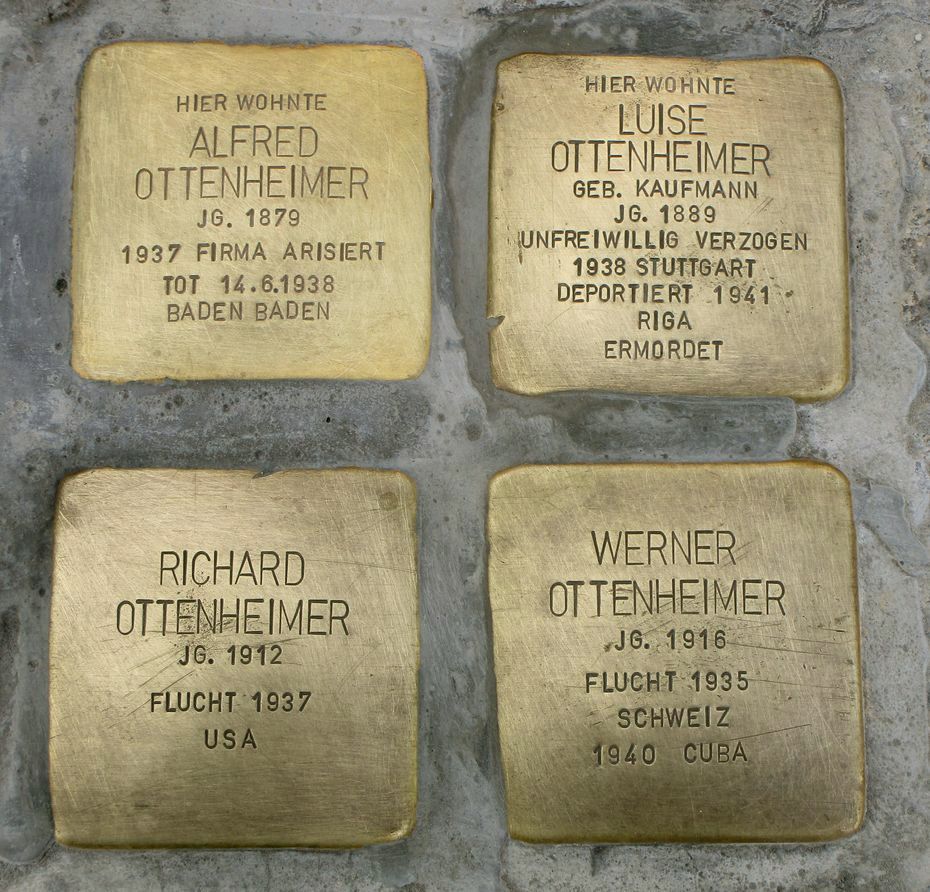
Luise’s Childhood Home in the Palatine
Luise Ottenheimer was born on February 16, 1889, as Luise Kaufmann in the small town of Kirchheimbolanden, which is located in southeastern Rhineland-Palatine. Her birthplace had been the home of a Jewish community since the 16th century and included about 80 people at the time of Luise’s birth.
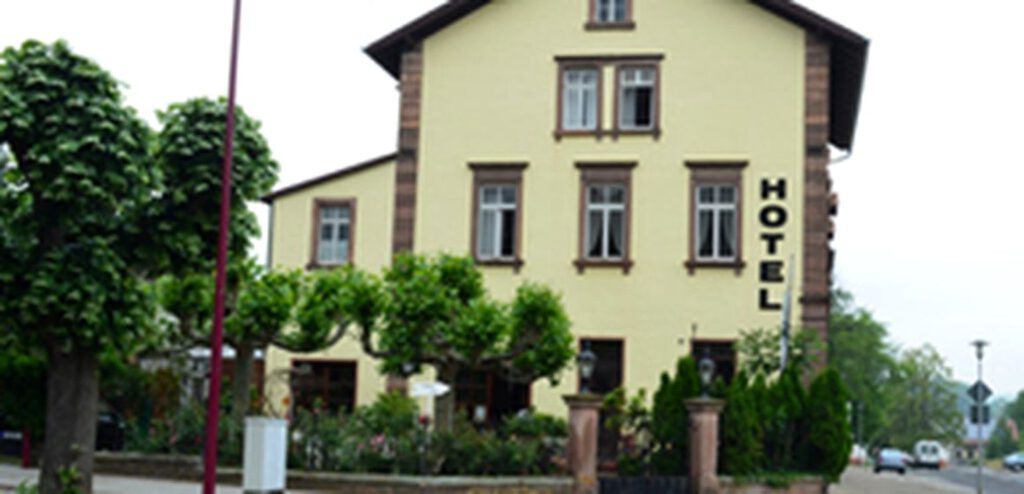
Luise’s father was a shoe salesman and during retirement worked as an office assistant in his hometown. The Decker family, from whom Luise’s mother Frieda came, was involved in the Jewish community of the town. Luise had two older siblings, Helena and Karl. Luise never got to know her sister – little Helena had already died before Luise was born. Her brother Karl, who was two years older than she, was going to study law and become an administrative lawyer.
No information and family recollections are known to exist about Luise’s childhood, but as the daughter of a ‘higher family’, she most likely had a good education. A photo taken in 1912 shows a pretty, dreamy-looking young woman with soft features.
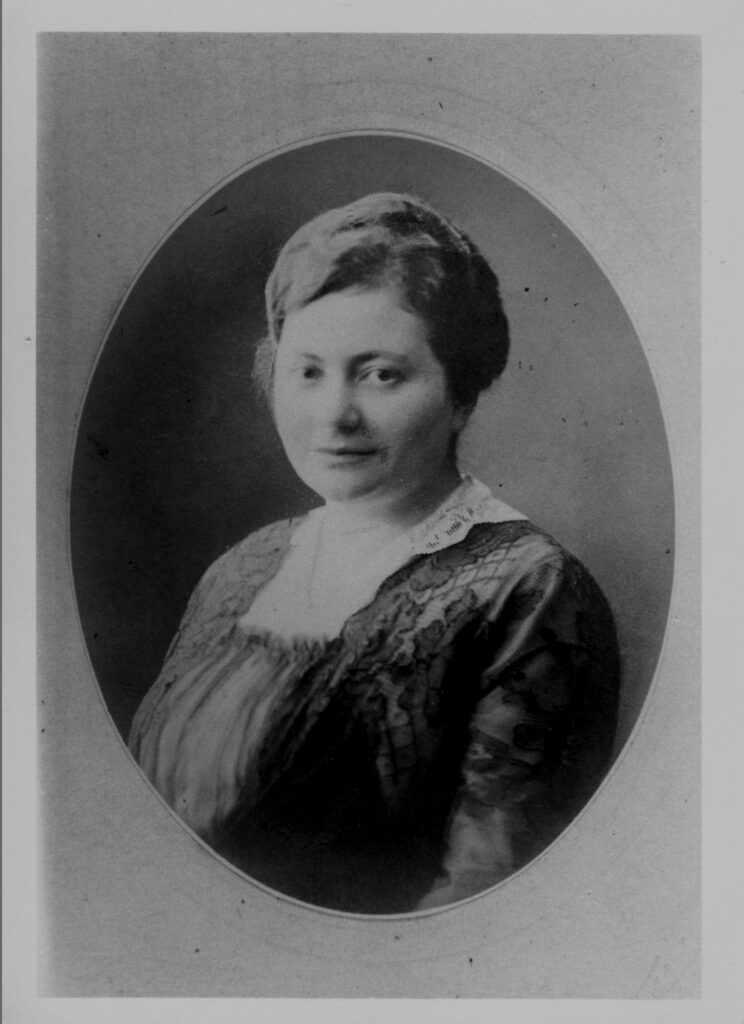
When and where did Luise meet her future husband, Alfred Ottenheimer? They were married on August 3, 1911, in Kirchheimbolanden, and Luise moved with her husband to his hometown of Göppingen.
The Ottenheimer Family and Their Company
Alfred Ottenheimer, born on January 7, 1879, in Göppingen, was a descendant of one of the first Jewish families who settled in Jebenhausen near Göppingen in 1777, among them Alfred’s great- great-grandfather Salomo Ottenheimer who came from Műhringen near Horb.
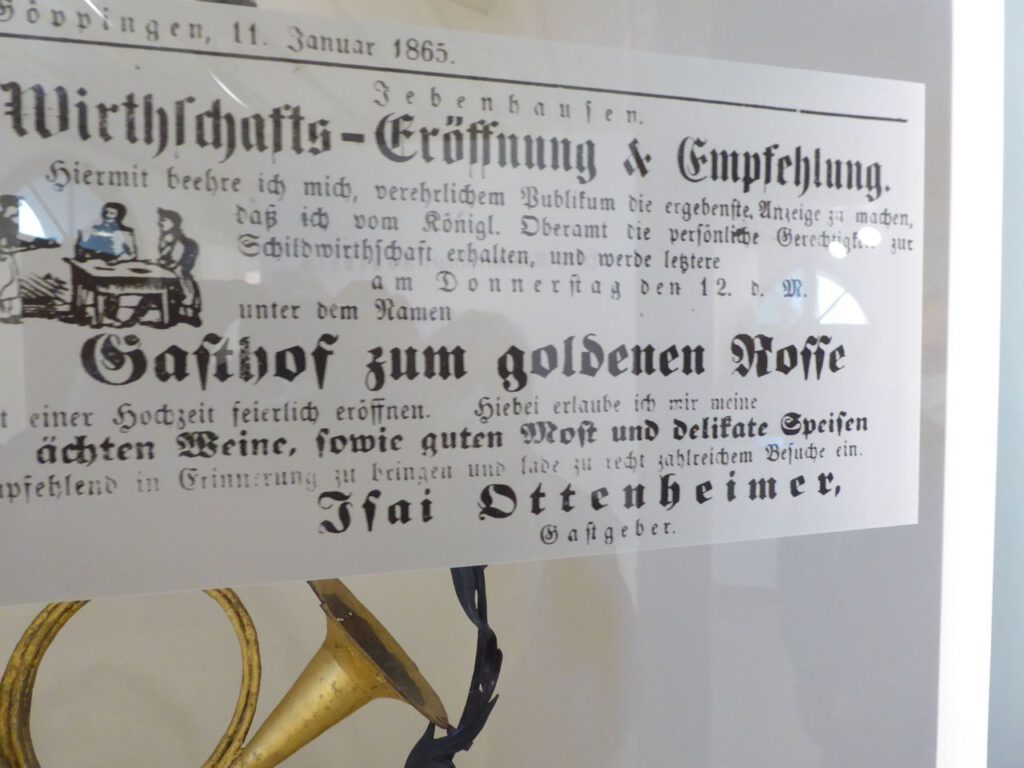
Only a few of his numerous descendants remained in Jebenhausen or later settled in Göppingen. Many immigrated to the USA in the 19th century.
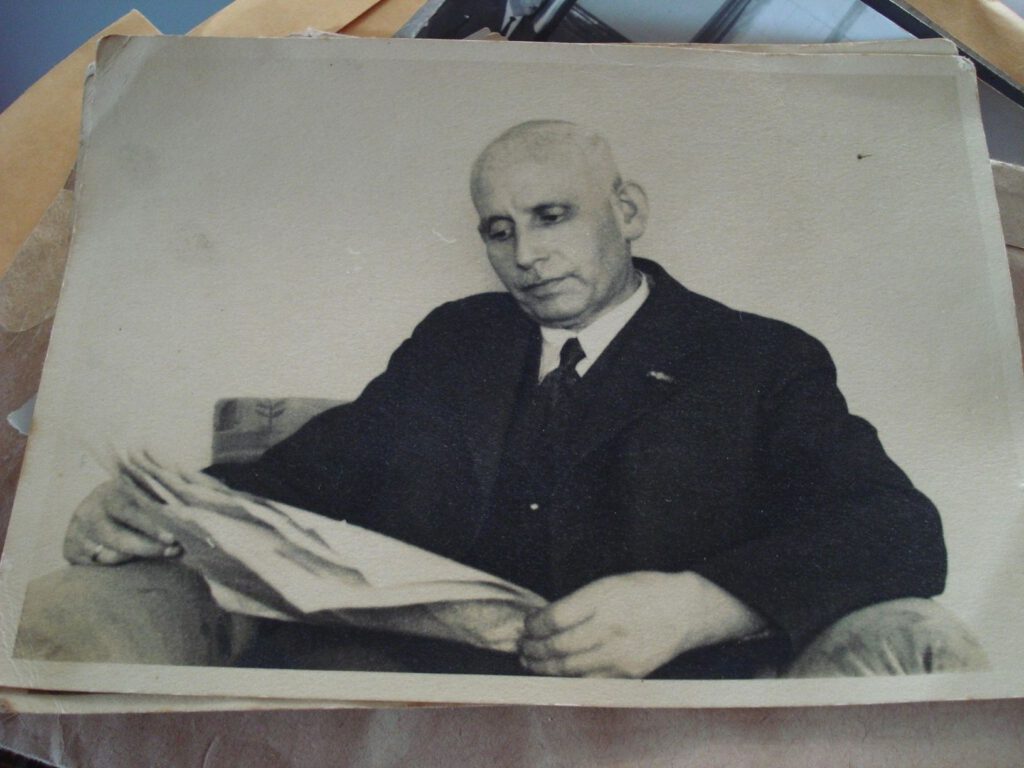
Alfred had three brothers and three sisters. Only his older brother Max lived in Göppingen. They jointly managed the family’s business, the Ottenheimer Bros. Mechanical Weaving Mill in Süssen. Alfred became a full partner in 1909. The company was founded in Jebenhausen in 1854. Following relocation in Göppingen, new factory facilities were completed in Süssen in 1905. In 1927 the company employed 150 men and women as factory and office workers. On December 3, 1929, the Süssen mayor Schultheiss wrote on the occasion of the 75th anniversary of the firm:
‘Because of their persistent hard work, the company owners succeeded in making their firm flourish and earn high respect. We are pleased to note that the general economic boom and development of our community can largely be attributed to this highly acclaimed and valued company, in particular to deceased honorary citizen Mr. Josef Ottenheimer and current owners: Max and Alfred Ottenheimer.”
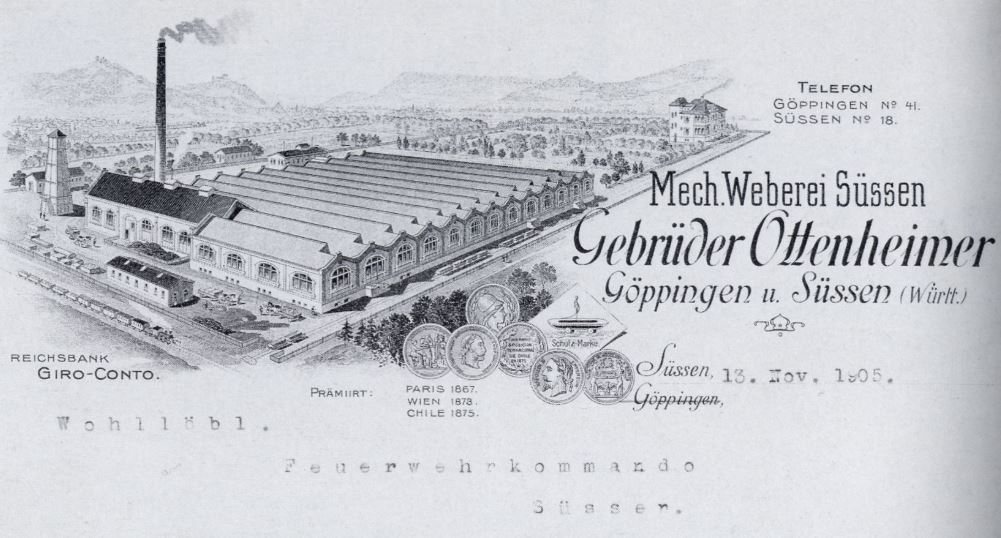
A Young Family
Luise and Alfred Ottenheimer were happy to welcome their sons Richard, born on June 28, 1912, and Werner, born on March 30, 1916. During that time the family rented a house at Freihof Street 29 (today numbered 70) owned by Robert Roth, who owned a decorating and wallpaper business.
Sigmund Eisig, a Jewish business owner, was a neighbor of the Ottenheimers. They lived at two other addresses during the next few years as well, each time renting from a ‘Christian’ property owner. Other renters at these addresses were both Jews and Christians. From today’s perspective, it is notable that entrepreneurs who managed comparatively large companies often rented their living quarters.
Alfred served in the German Armed Forces during WW l as a Landsturmmann in a infantry regiment. He got the ‘Württembergische silberne Militär- Verdienstmedaille’, a medal of honor.
In private life Alfred was also involved in the Jewish community as follows:
Since 1925 he served as treasurer of the ‘Israelite Men’s (civic) Association’ and the culturally oriented ‘Merkuria Association’ in which he also served as treasurer since 1925. Alfred is also listed as a founding member of the Göppingen Swimming Club. His son Werner remembered him as a ‘conservative Göppingen Swabian.’
Nothing was passed down about Luise’s civic involvement. Perhaps the photo that shows her engrossed in a book speaks of her way of life. In January 1930 Luise’s widowed father Adolf Kaufmann moved in with his daughter in Göppingen, and she took care of him until his death in April of that year.
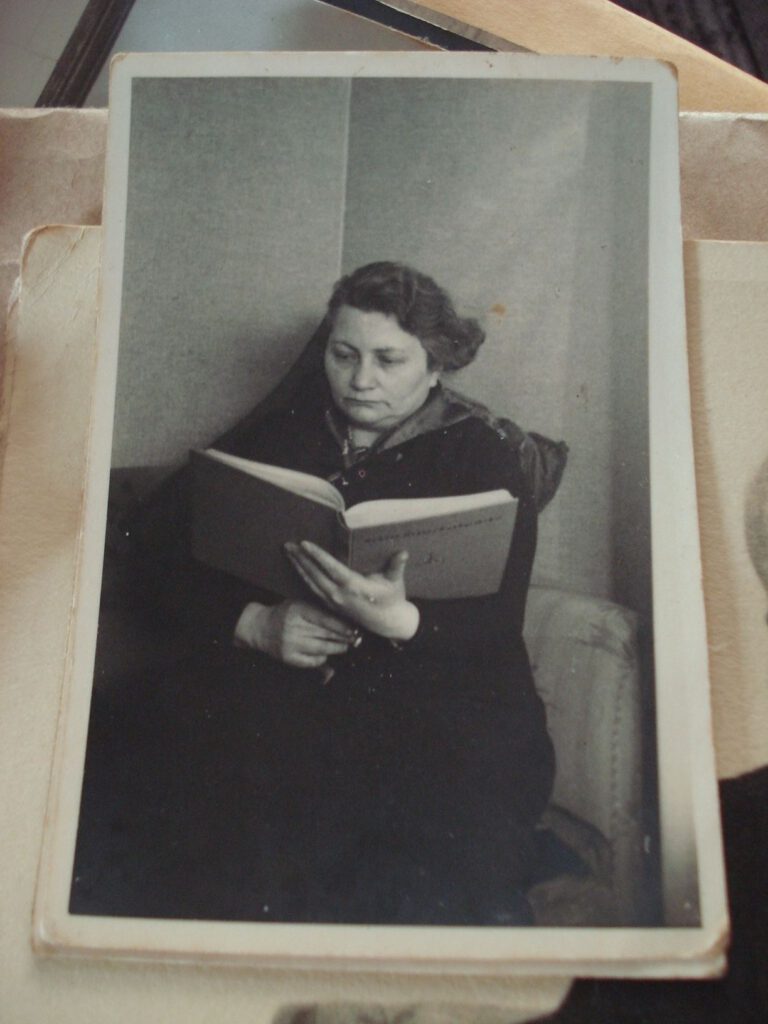
Their Own Home on Schumann Street
In June 1935 Luise, Alfred and their sons were able to move into their own single-family home at Schumann Street 14. They had chosen Immanuel Hohlbauch as architect. He was a Göppingen liberal and known as being an opponent of the Nazis. Perhaps they chose him not only because he was a talented architect, but their reason might also have been a politically motivated decision. Their single-family house was located in an area that was only sparsely built on at that time, and it was modest in comparison to the houses built there by other industrialists. The family was only able to live together in their new house for a few years because the Nazi regime had already profoundly disrupted their lives.
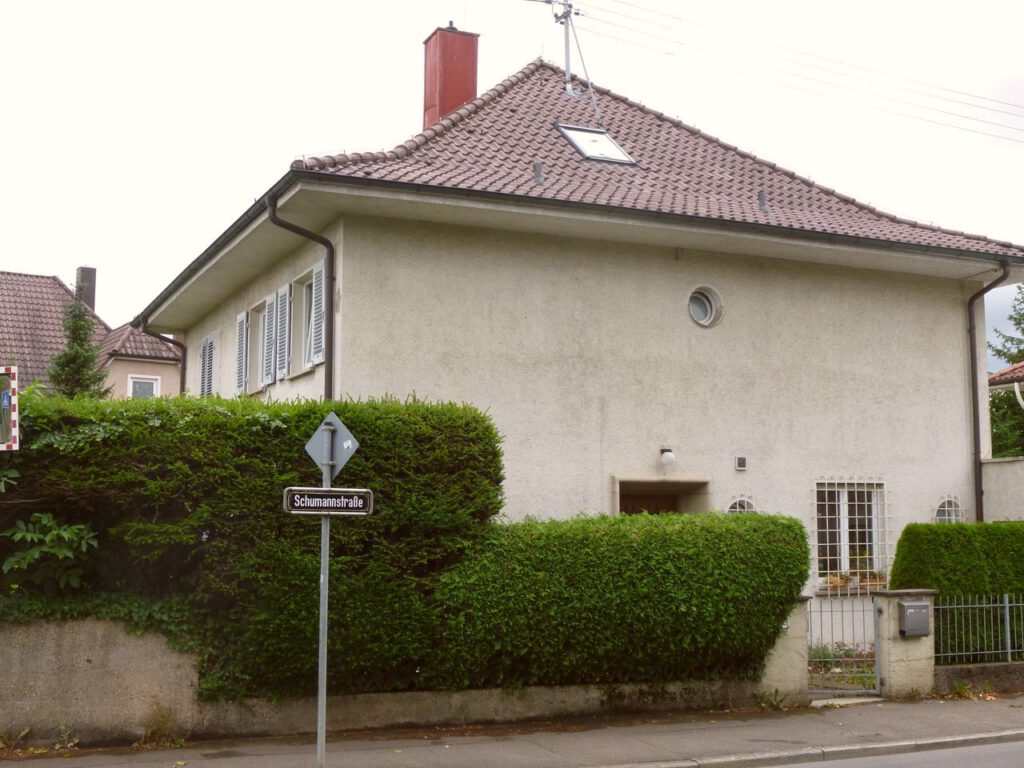
The Education of the Sons
In a family-run company it was common practice to train one’s own offspring in areas related to the business, and the Ottenheimers did the same. One can read about son Richard in the restitution documents: “Mr. Richard Ottenheimer was still able to complete his education at the Technikum University in Reutlingen, preparing him for becoming the technical director and co-owner of the family’s company.” In fact, Richard visited the Reutlingen Technikum from April 1930 to March 1932 and graduated with a degree in textile chemistry. His hobby was also chemistry-related: taking and developing photographs. Probably he earned a Masters’ Degree at Cambridge University in the U.K. He spoke flawless English, which he most likely learned during his studies in England.
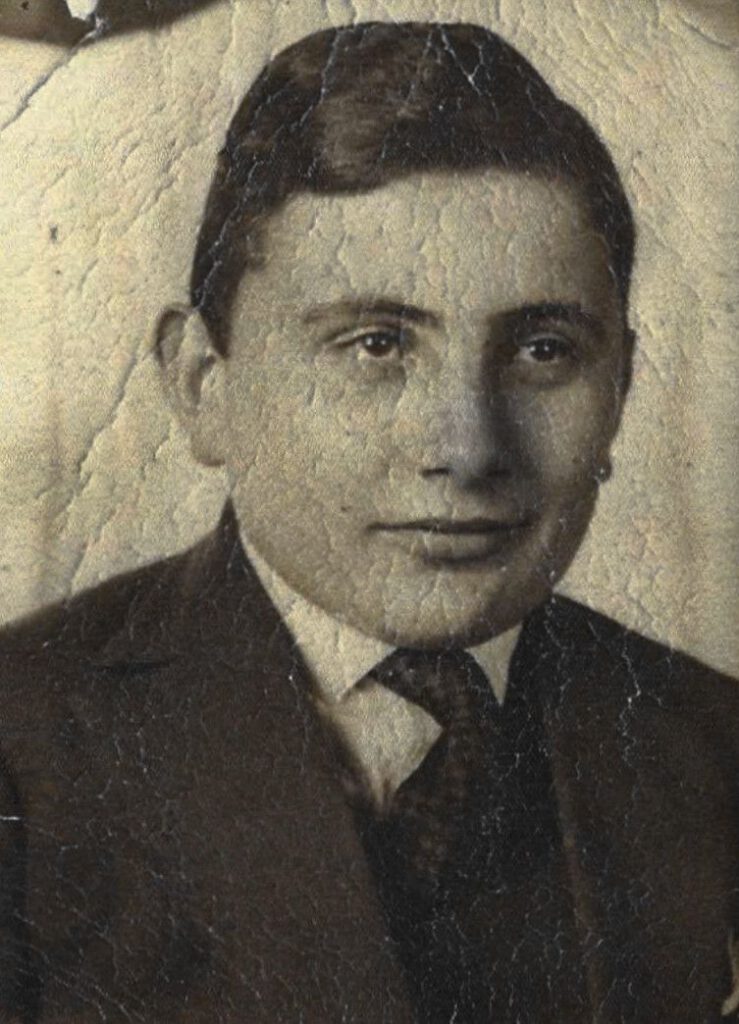
Werner, the younger son, graduated with the Abitur from Göppingen Realgymnasium [secondary school] in spring 1935, followed by a brief internship at Goeppingen Schuler Company.
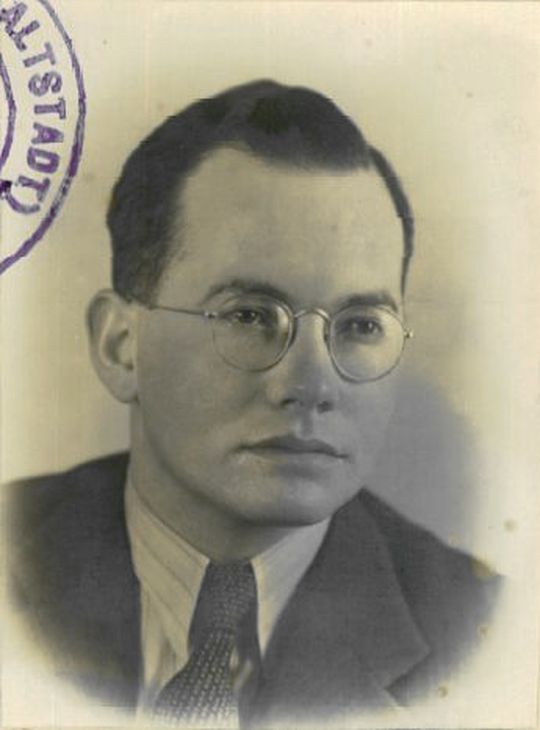
Study at a university in Nazi-Germany was denied him because he was Jewish. However, Werner was able to flee to Switzerland, where he studied mechanical engineering from October 1935 to December 1940 at the Technical University in Zurich and graduated with a diploma.
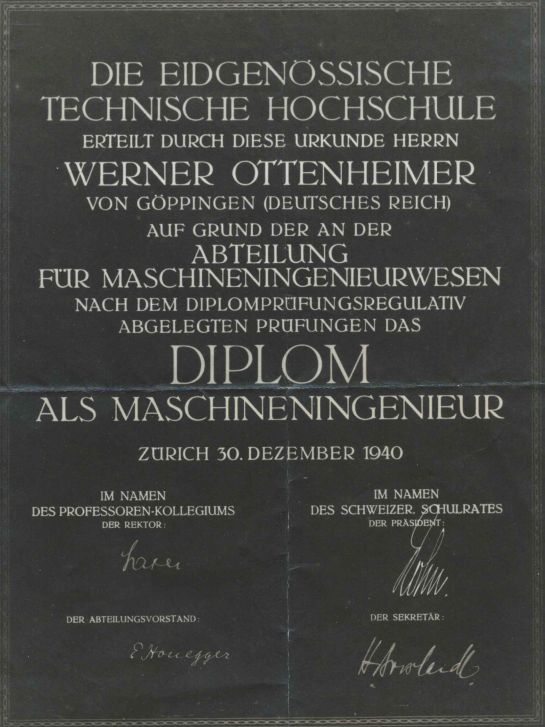
Werner’s cousin and schoolmate Erich Ottenheimer, son of Max Ottenheimer, was also supposed to become his father’s successor in the firm. But like his cousins, he did not have professional prospects in Nazi Germany. After completing his business education he fled to England in 1935 and later settled in Venezuela.
The Forced Sale of the Company
By the time Werner Ottenheimer completed his studies, the Mechanical Weaving Mill had no longer been in the possession of the Ottenheimer families for quite some time.
On December 6, 1937, Alfred and Max Ottenheimer sold their company to two ‘Aryan’ buyers from Süssen, Eugen Wiedmann and Johannes Abt. Because their weaving mill was owned by ‘Jewish’ businessmen, the Ottenheimer brothers they had been discriminated against by the state-run agency which controlled the distribution g of raw materials, and the decline of the business was only a matter of time. At the time of the sale in 1937, the sellers still could legally reinvest the proceeds within the German Reich. Both Max Ottenheimer and Alfred purchased houses in Stuttgart.
Richard’s Escape, Alfred’s Death, Luise’s Deportation / Expulsion
On December 8, 1937, two days after the sale of the factory, Richard Ottenheimer traveled by ship from Rotterdam to the port of New York, USA . He first settled in Providence, Rhode Island where through a sponsor for his immigration, he was able to find employment. With him on the ship was his ‘Lift’ (trunk) which contained his most important household goods. Luckily he had been able to take his chemical-photographic laboratory with him. Not much is known about his stay in the USA until the beginning of the war. According to the freight documents found in Ludwigsburg state archive he planned to settle down either in Philadelphia or Chicago.
Within just a few years, the world in which Alfred Ottenheimer had lived was destroyed by the Nazis. The weaving mill, owned by the family for generations, was lost, his sons fled abroad, and he and his wife were ostracized as ‘Jews’ in Nazi Germany. Alfred Ottenheimer fell ill and sought help and a cure at a sanatorium in Baden-Baden, which had been founded by Dr. Friedrich Heinsheimer, a Jewish doctor. Alfred Ottenheimer died there on June 14, 1938, when he was only 59 years old. The official cause of his death could not be confirmed, but according to family recollections it had been caused by heart failure due to the many bitter disappointments during the last years of his life.
After Alfred’s death Luise had briefly lived alone in their house in Göppingen until November 1938. She then moved to Stuttgart, first to Azenberg Street 51, where she lived as a renter in the house of the Jewish family Stern.
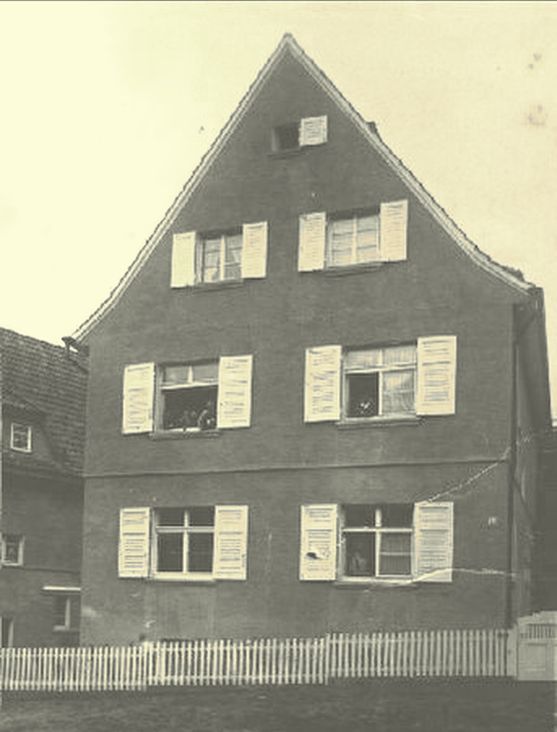
She was able to bring part of her furnishings from Göppingen with her (‘three-room apartment with two couches, household-and-kitchen equipment, linens and glass’). However the major part of her household goods probably had to be stored elsewhere. It could not be determined with certainty why Luise moved away from Göppingen. It appears that she was forced to do so, as her son Werner remembered. Heinz Stern, born in 1924, a surviving member of the Stern family, was able to flee to England in June 1939 on a Kindertransport [children’s transport]. He remembers Luise as a bitter woman who lived in the former bedroom of his parents. Given her then-recent losses, I it is understandable that she would have been distraught. Her (likely) feelings of despair were compounded by living in such overcrowded conditions.
She was finally able to sell the house in Göppingen to an ‘Aryan’ buyer in 1939. Adolf Reiber, the buyer, had agreed to pay Luise Ottenheimer a fair price. However the Nazi Württemberg Ministry of Economics intervened and ordered that the sales price be reduced by RM 5000. The remaining proceeds were deposited in a blocked account from which she could not withdraw funds anyway.
Dispossessed and Murdered
In Stuttgart Luise had to change apartments at least two more times. The first move became necessary when the Stern Family had to sell their house and move out in July 1940. Hertha and Albert Stern and their daughter Ruth were murdered at Riga concentration camp / Jungfernhof; Stumbling Stones were laid where their house had stood at Azenberg Street to memorialize their fates. Luise’s last residential addresses in Stuttgart, the most recent located at Breitling Street 33, were probably ‘Judenhäuser’ [Jewish houses]. Luise Ottenheimer tried in vain to escape to Cuba. She did not receive the visa (which could have saved her) until after the Nazis had prohibited Jewish emigration in October 1941.
There are documents in Stuttgart from that time which show how she became impoverished: Her jewelry and part of her household goods were taken to the municipal pawnshop, probably so she could continue to pay the ‘Jewish asset tax’ that had been imposed by the Nazis following their rampage during Kristallnacht [Pogrom Night] in November 1938. Her stocks and bonds as well as the proceeds from the sale of her house in Stuttgart disappeared due to coercive measures (their seizure) by the state. Fortunately she was still able to provide monthly tuition fees in the amount of RM 250 for her son Werner’s studies.
On December 1, 1941, Luise Ottenheimer was deported from Stuttgart to Riga / Latvia and crammed into the crowded conditions at Jungfernhof concentration camp. A large number of camp inmates who had not frozen to death during the winter of 1941-42 were shot at the Bikernieki Forest in March 1942. Whichever way Luise Ottenheimer was murdered by the Nazis, her death must have been horrible. Because he was unaware of Luise’s fate, her brother Karl Kaufmann had initiated a displaced persons’ request through the British Red Cross.
War and Postwar Times
Werner Ottenheimer attended the Swiss Technical University in Zurich until the end of December 1940. Even though he received financial support from his mother during the duration of his studies, the amount could not have been enough to cover all of his expenses. In addition to the annual tuition fees, there also were practicum fees in the amount of SFr 300. Because Werner did not receive financial aid from the Swiss authorities, it is likely that he had to work while he was a student. Unfortunately, the Swiss authorities no longer accepted refugees at that time. After the completion of his studies, Werner tried to get permission to immigrate to Cuba. Like all refugees in Switzerland, he was interned from January until November 1941 in work camps in Locarno and Gordola, both located in the Tessin area.
Living conditions were bearable for the internees; a cultural program partially developed by the inmates themselves was offered during their free time, and short vacations were permitted. The camp in Gordola must have influenced him later in life because it was known as ‘The Artist and Communist Camp’. Later Werner would describe himself as belonging to the political Left, and it is likely that the young ex-student was politically influenced by his fellow camp internees. However it is also possible that Werner had already been politically active as a student, and that this might have been the reason why he was interned at Gordola Camp. On January 10, 1942, the ship that would take Werner Ottenheimer to Santiago de K Cuba left Lisbon. Werner was quickly able to find work in Cuba in his field of study as a textile engineer, later rising to an executive position. A photo taken during the 1970s shows him as a member of a Cuban delegation visiting China.
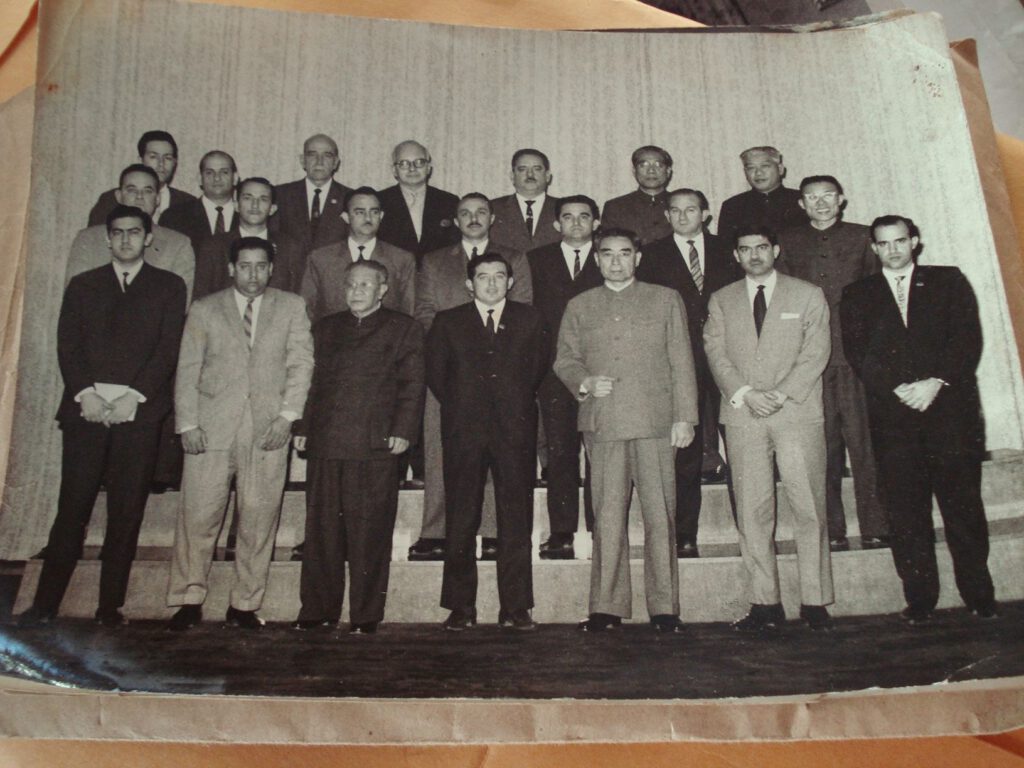
In 1954 he married Isabel Garcia Carbalena, a Cuban woman, with whom he had two children, Werner Jr. and Isabel-Luisa. As he was already politically left-leaning, he saw no reason to leave the country after the Castro revolution in 1959. He retired at the age of 70, toward the latter part of his career working for the Cuban Ministry for Light Industry. Werner Ottenheimer corresponded with Göppingen City Archivist Dr. Ruess for many years, however the hoped-for trip back to his hometown never materialized because of financial reasons. He died in Havana in December 2008 at a high age. Werner’s children, grandchildren and great-grandchildren live in Cuba and the USA.
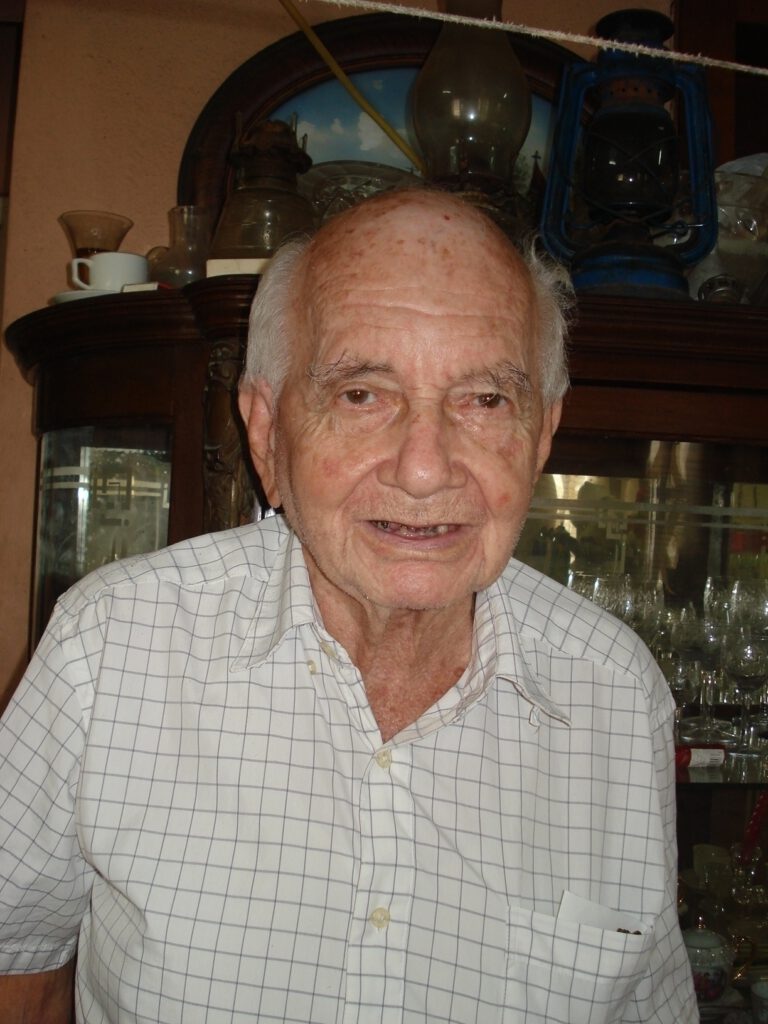
Richard Ottenheimer, who managed to flee to the United States in December 1937, joined the US Army in 1944, following the completion of his mandatory 7 year residency requirement in the U.S.. In 1946 he was stationed in Austria and was able to travel to Göppingen. John Holbrook, the first U.S. military commander in Göppingen, recorded what occurred while Richard was there in a statement written in 1949:
“I would like to further confirm that in approximately May 1946 an American soldier named Richard Ottenheimer, known here by the name of Rich Otten, came to Göppingen and asked me for permission to stay with my military government unit (detachment) in order to carry out an investigation regarding his mother who also had lived in Göppingen and had died in the meantime. He asked to stay for 10-15 days. He also wanted to investigate a transaction made by his father and mother in regards to the sale of the single-family home at Schumann Street 14 to a Mr. Reiber.”
Holbrook wrote about the meeting of Adolf Reiber and Richard Otten(heimer):
“At the time of his return to the United States and the Army, Richard Otten told me that Mr. Reiber had assisted him in his investigations in every possible way and indicated that the main reason Mrs. Ottenheimer had been able to find a home in Stuttgart at all was due to the help given to her by Mr. Reiber.”
This latter statement cannot be confirmed through other sources. Generally Holbrook was known to be somewhat gullible regarding other statements and likely did not confirm their authenticity and/or accuracy. The following sentence is also contained in the Holbrook statement: “… that the sale [of the house – kmr] to Mr. Reiber was a perfectly normal business transaction which was carried out by his [= Richard Otten’s – kmr] mother of her own free will.” Even if the term ‘Voluntary’ during this time period in history cannot really be applied here, the restitution document regarding the return of the house does not put Adolf Reiber in a bad light. In August 1950, Mr. Ostertag was the lawyer who represented the Ottenheimer brothers after the younger brother Ludwig Ottenheimer, an attorney himself, passed on the files to Mr. Ostertag, who lived in Stuttgart. Mr. Ostertag wrote:
“In the matter of the restitution procedures of Ottenheimer / Reiber, we withdraw the claim regarding this restitution of December 10, 1948. We declare that we approve of the cancellation of the claim and the notation to that effect in the title registry.” Adolf Reiber was not required to make a supplementary payment to the original purchase price.
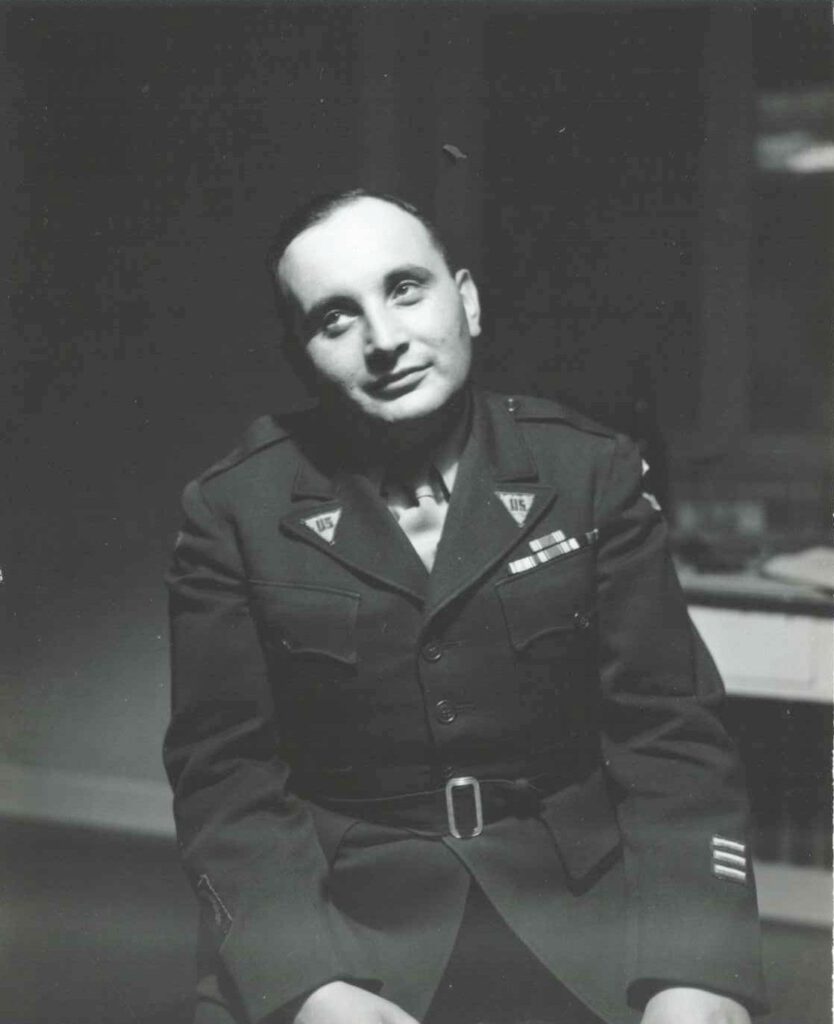
After his ‘Honorable Discharge’ from military service in 1946 and obtaining U.S. citizenship, Richard, who had legally petitioned the courts to Anglicize his surname to Otten, remained in Europe for three more years as an employee of the U.S. Army and worked in the news bureau
During this time, he probably met his future wife. Hannah Hinde Mann had been a member of the ‘Women’s Army Corps’ since the early 1940’s. She came from a Jewish-Lithuanian family, her parents had emigrated to the USA to find safety there from the pogroms in Czarist Russia. Hannah and Richard married in 1949 in Milwaukee and thereafter lived in the New York area. In 1951 their only child, son William Alfred Otten, was born. Richard was able to work in his profession as a chemist chemical engineer in the textile, and synthetic rubber, and vinyl / artificial leather industries. Toward the end of her career, Hannah became an editor for Harper & Row Publishing House.
Unfortunately, Richard Otten died of cancer in January 1964 when he was only 51 years old. His wife survived him by 32 years. His son William, his grand- and great-grandchildren live in the USA.
Escaped, Survived
Fortunately no other members of the Ottenheimer and Kaufmann families besides Luise were murdered by the German Nazis. Luise’s brother Karl Kaufmann had risen through the ranks at the Deutsche Reichsbahn [German National Railway] to the rank of Reichsbahn counsel and had lived with his wife and daughter in Munich. Because he was a ‘Jewish’ civil servant, he was forced into early retirement by the Nazis. During the Pogrom Night of November 9/10, 1938, he was arrested and then tortured for a month at Dachau concentration camp. In March 1939 the family succeeded in fleeing to England, where they found a new home near Oxford.
Alfred Ottenheimer’s sisters Rosa Wolf and Berta Spiegelthal fled to the USA, Julie Reiss to Brazil. Two of his brothers Max, Ludwig and their families were also able to save themselves by fleeing to the USA. A third brother, Richard, who was two years older than Alfred, was killed in an accident in Bombay, India in 1901.
In 13th November 2016, Stumbling Stones for the Ottenheimer family were laid in front of the house at Schumann Street 14. Family members William (Bill) Otten and his wife Susan participated in the ceremony. Thanks to Bill Otten we have many family recollections and memories, as well as research and photos. We also received assistance and support from Prof. Gilya Gerda Schmidt who included a section on the fate of the Ottenheimer family and their company in her book `Süssen Is Now Free of Jews’. In addition, she was able to answer many questions.

(03/12/2017 kmr / ir)
[osm_map_v3 map_center=”48.7071,9.6661″ zoom=”17″ width=”100%” height=”450″ post_markers=”1″]


Soy la nieta más pequeña de Werner Ottenheimer me encantó ver el resumen de mi familia yo siempre he estado y estaré orgullosa de ser su descendiente .